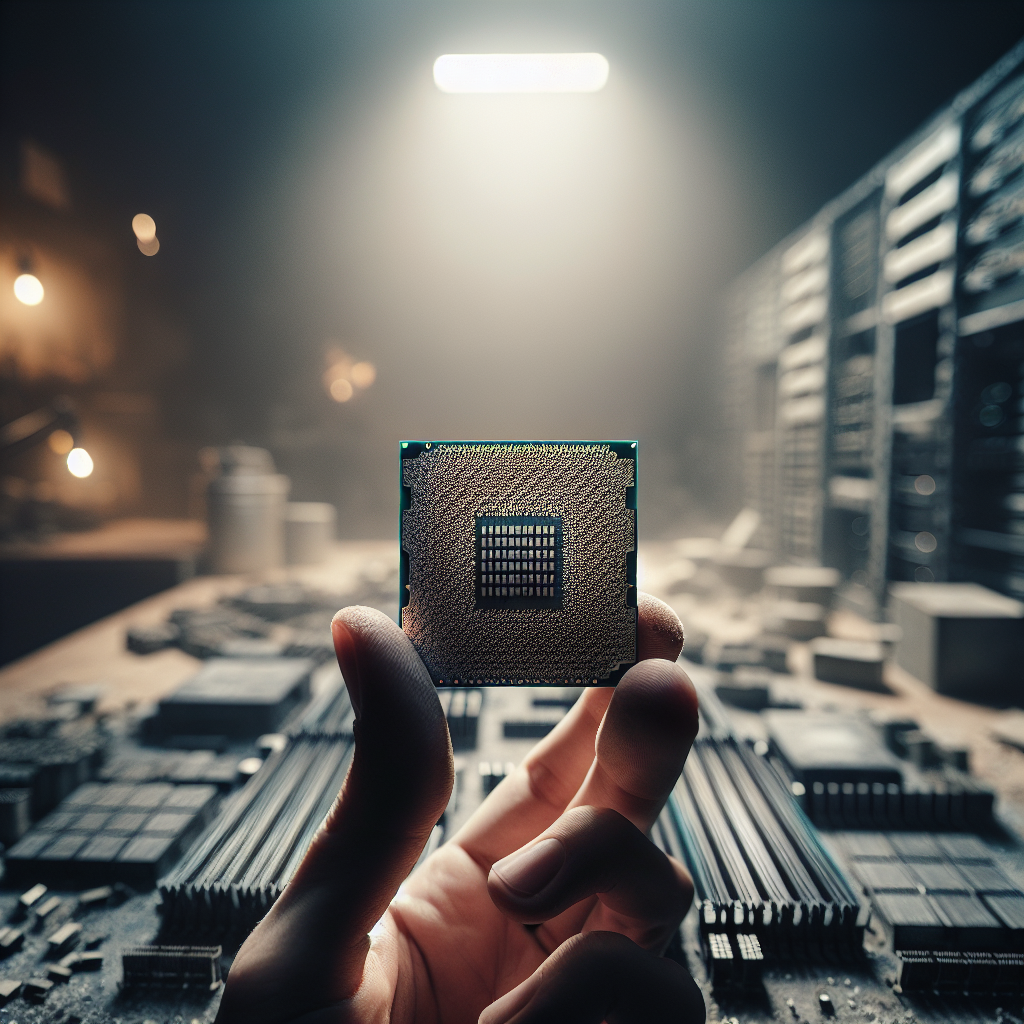I was browsing eBay the other day, falling down the rabbit hole of used server parts. It’s a fun place for anyone with a home lab or a knack for building powerful machines on a budget.
And then I saw it. A server CPU with 24 cores and 48 threads for about $100.
My first thought was, “That has to be a typo.” My second was, “How fast can I get one?”
I was looking at an Intel Xeon E7-8894 v4. Nearby, its older cousin, the E7-8895 v3, was listed for a measly €30. These chips were once the pinnacle of enterprise computing, costing thousands of dollars. Now they’re priced like a decent dinner out.
It feels like a secret cheat code for building a ridiculously powerful computer. So, what’s the catch? Why are these multi-core monsters so cheap?
I did some digging, and it turns out there isn’t just one catch. There are a few big ones.
The Biggest Catch: It Won’t Fit in Your Motherboard
This is the number one reason these CPUs are so cheap. They don’t use the same socket as the more common Xeon E5 processors you find in most used servers.
Most dual-socket servers from that era, like the popular Dell PowerEdge R730 or HP ProLiant DL380 G9, use the LGA 2011-3 socket. This was built for the Xeon E5 v3/v4 family of CPUs. It’s a fantastic, widely available platform.
But the Xeon E7 v3/v4 CPUs? They use a completely different socket called LGA 2011-1 (also known as Socket R1).
Think of it like trying to put a diesel engine into a car built for a regular gas engine. The fuel pump is different, the mounts are different, the electronics are different. It just won’t work. Your standard, affordable, dual-socket server motherboard is physically incompatible with these E7 chips.
So, what kind of motherboard do they fit in?
The Real Cost: The Insanely Rare Motherboard
The Xeon E7 series was designed for “mission-critical” computing. We’re talking about massive servers for banks, stock exchanges, and scientific research—machines that absolutely could not fail.
These CPUs were built to run in systems with four, eight, or even more processors all working together. As you can imagine, a motherboard with four or eight CPU sockets is not your average piece of kit.
These motherboards are:
* Extremely Rare: They weren’t produced in high numbers.
* Often Proprietary: They were custom-built by companies like HP, Dell, or IBM for their flagship servers. You can’t just buy them off the shelf.
* Very Expensive: Even on the used market, a working motherboard (or a full server chassis) that can handle these E7 chips costs many times more than the CPU itself.
So, the CPU is cheap because the platform it requires is incredibly expensive and hard to find. It’s the ultimate “razor and blades” business model, except here the razor is cheap and the blades are made of unobtanium.
Power, Heat, and Performance Quirks
Let’s say you actually find a complete, working server built for these chips. There are still a few other things to consider.
- Power Consumption: These were designed for enterprise data centers with industrial-strength cooling and cheap, three-phase power. An E7-8894 v4 has a TDP (Thermal Design Power) of 165W. If you run four of them in one machine, you’re looking at a minimum of 660W just for the CPUs, before you even factor in RAM, storage, and other components. It’s not exactly friendly to your home electricity bill.
- Clock Speed vs. Core Count: While having 24 cores sounds amazing, the speed of each individual core is quite low. The E7-8894 v4 has a base clock of 2.4 GHz. This is fantastic for workloads that can be split into hundreds of small tasks, like running dozens of virtual machines or rendering a complex 3D scene. But for tasks that rely on single-core speed, like many desktop applications or older video games, it would feel surprisingly slow compared to a modern consumer CPU with fewer, faster cores.
So, Is It a Deal for Anyone?
For 99% of people, the answer is no. If you’re looking to upgrade a standard dual-socket server or build a powerful home workstation, you’re much better off sticking with the Xeon E5 v3/v4 series. They are the true sweet spot—affordable, powerful, and compatible with widely available hardware.
The incredibly cheap Xeon E7 is for a very specific person: the enthusiast who finds a complete, working 4-socket or 8-socket server for a bargain and has a specific, highly-parallel workload that can actually use all those cores.
For the rest of us, it’s a fascinating glimpse into the world of high-end enterprise hardware. It’s a reminder that if a deal seems too good to be true, there’s usually a very good, and in this case, very incompatible, reason why.
